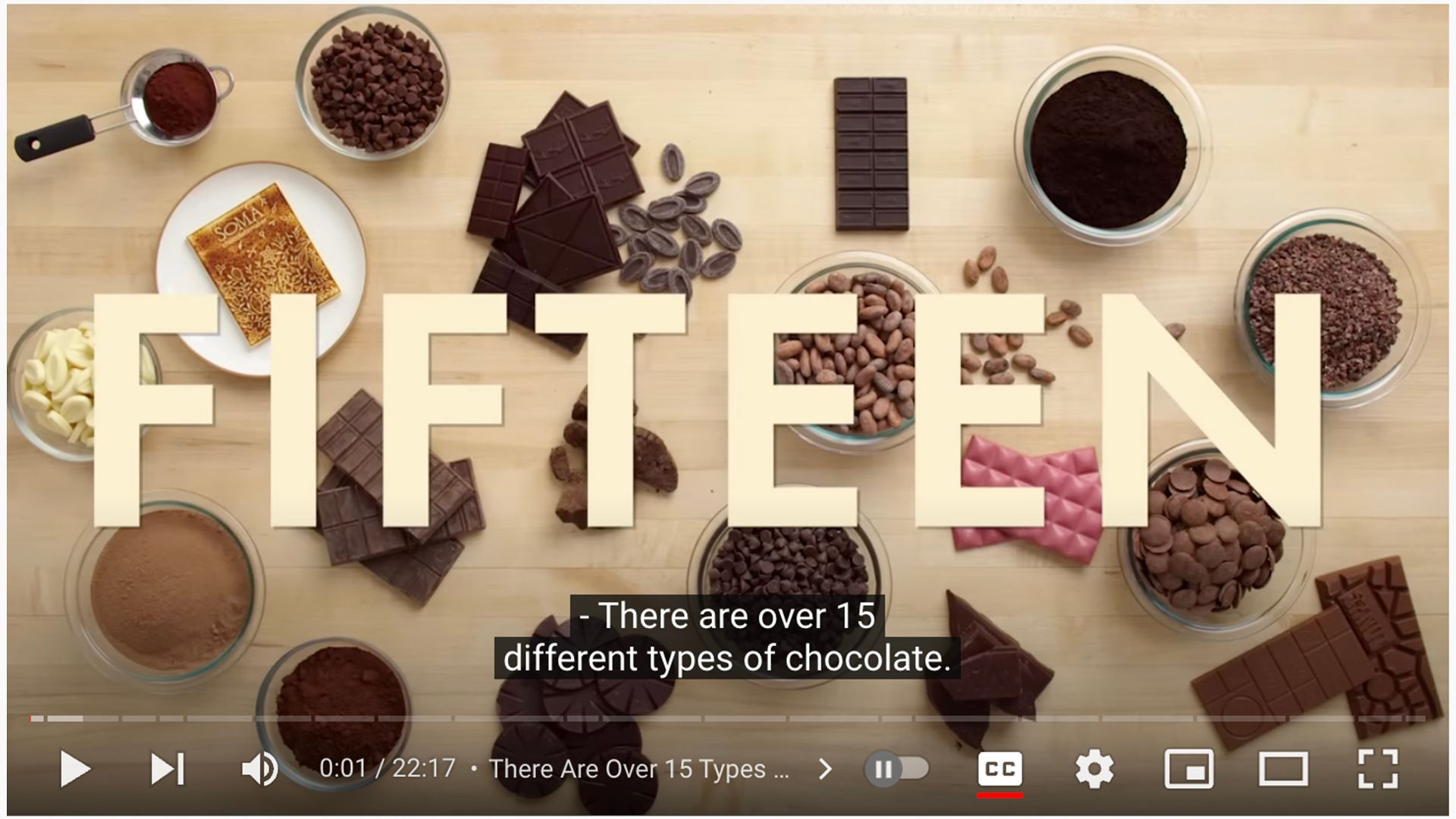I was in Shanghai in 2017 when Barry Callebaut announced the fourth type of chocolate – Ruby. Taken on its face, it looks like there’s been a lot of new developments in the field I was completely unaware of ... or so Epicurious claims.
In this episode of TheChocolateLifeLIVE we’ll take an interactive look together at what these more than fifteen types are, and see what other chocolatey pearls of wisdom Epicurious casts along the way.
It is amazing to me how much non-experts – including many chefs with stellar resumes without a background in pasty – misunderstand about chocolate.
For me, one analogy to explore is wine. Let’s agree, for the sake of this discussion, that red, white, sparkling, and fortified are different types of wine.
One question I have in reasoning through the analogy is if processing techniques like solera (age) blending, varietal (e.g., grenache+cabernet) blending, and ripasso (macerating a simple Valpolicella over marc and residues from Amarone or Recioto) makes these different types of wine. My intuition tells me they are not different types. What do you think?
Also, there are both red and white fortified wines (ports, for example). There are both red and white sparkling wines, and I know of at least one sparkling red wine that is also fortified (Rumball Sparkling Shiraz). Does that put sparkling and fortified in a different class of types from red and white?
Another question I have in reasoning through the analogy is about raw materials. Are grapes and grape juice (which can be thought of as the equivalent of cocoa beans and cocoa nibs) different types of wine? I don’t think they are, but what do you think?
TL;DR – The different types of chocolate mentioned in the video (which is linked to below) this list are:
- Cacao Beans
- Cacao Nibs
- Unsweetened Chocolate
- Milk Chocolate
- Semisweet Chocolate
- German’s Chocolate
- Dark Chocolate
- Mexican Table Chocolate
- Modeling Chocolate
- Couverture Chocolate
- White Chocolate
- Ruby Chocolate
- Natural Cocoa Powder
- Dutch-Process Cocoa Powder
- Black Cocoa Powder
- Sweet Cocoa Powder
Other segments in the video (there are chapter stops in the video description) include:
- A Brief Note On Making Chocolate
- A Brief Note On Fat Bloom
- A Brief Note On Tempering
When I look through the list I see the following breakdown:
Not Chocolate
- Ingredients – cocoa beans, cocoa nibs, cocoa butter
- Cocoa Powders – natural, alkalized, black, sweet
Chocolate
- Unsweetened – liquor/mass (also an ingredient), baking
- Sweet (aka “Dark”) Chocolate – semisweet (but not bittersweet), German’s
- Milk
- White
Adjectives/Modifiers – couverture, Ruby, modeling, Mexican table (as a stand in for all rustic/flavored chocolates)
Why am I doing this? Getting things technically right – for example, Chef perpetuates the urban legend that white chocolate is not really chocolate – is important to me. Exploring these topics out loud and interactively – helps me, in my experience, be a better advocate for my positions.
Do you agree or disagree?
Resources
Live Stream Links
Watch/Participate on YouTube, Facebook, or LinkedIn.
Visit TheChocolateWire Channel on YouTubeMy LinkedIn profile
TheChocolateLife page live event
Hashtags
#epicurious #fifteentypesofchocolate
#whitechocolateisreallychocolate
#chocolate #cacao #cocoa #cacau
#TheChocolateLife #LaVidaCocoa
Leave them in the comments.

